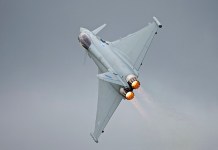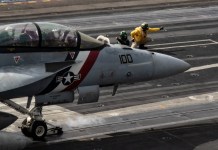At a time when the UK has injected millions into its Tempest fighter jet project, the US’ ambitious Next Generation Air Dominance (NGAD) program is facing scrutiny from the country’s lawmakers.
QUAD or Reverse String Of Pearls: How Is India Countering China In The Indian Ocean Region?
US senators have expressed concern about the shifting of resources from in-production fighters to future programs such as NGAD, which are still on the drawing board, given that there is a scarcity of fighter aircraft across services.
The members of the US House Armed Services Committee (HASC), which is currently debating the military budget for FY-2022, raised the matter.
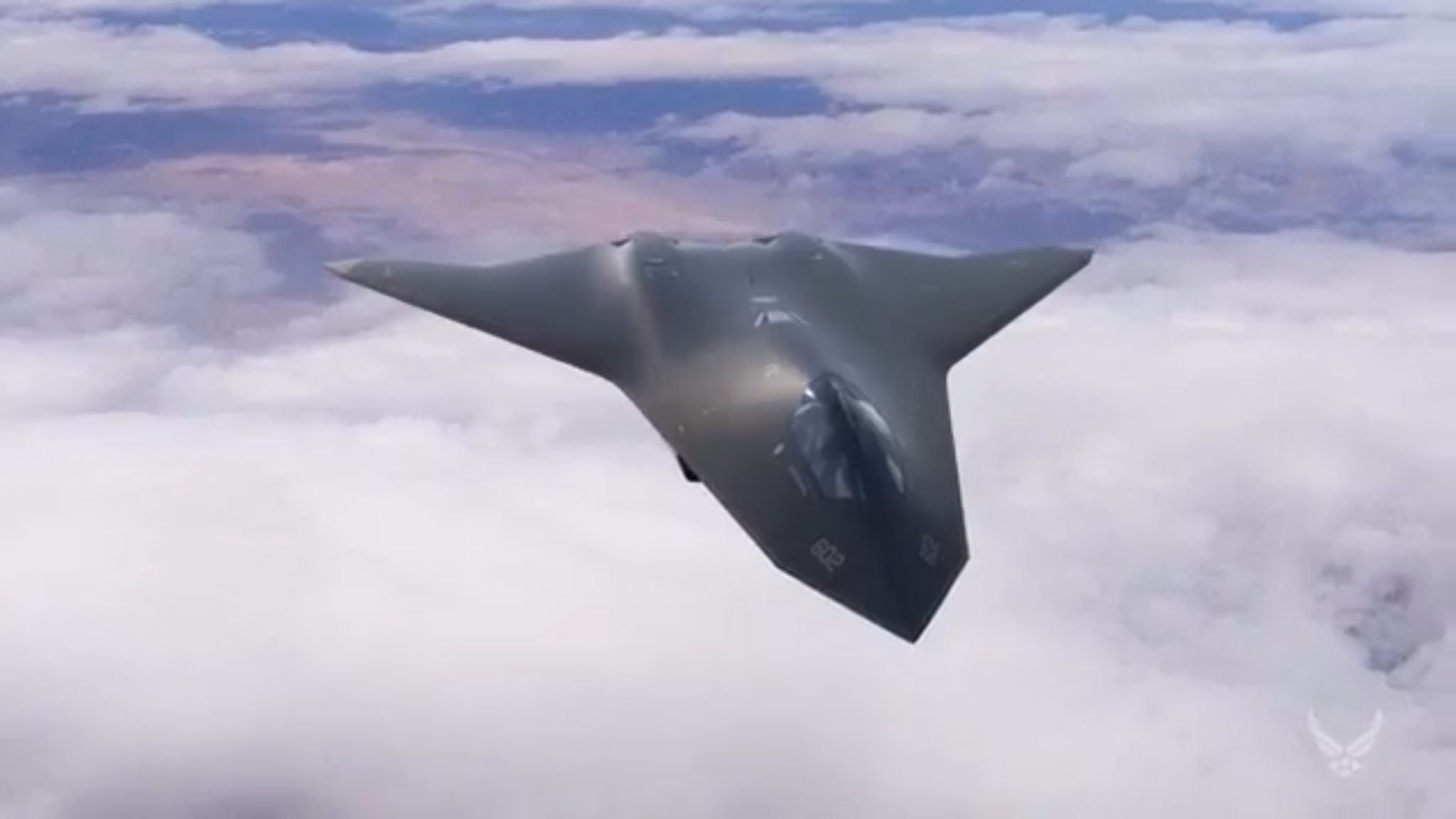
In a report released on July 28, HASC’s Subcommittee on Tactical Air and Land Forces under the ‘Procurement’ section, called for a review of tactical aircraft capability, capacity requirements, and a forecast of shortfalls across the Air Force, Navy, and Marine Corps.
The subcommittee has jurisdiction over US military programs including the procurement of fighter aircraft.
The Subcommittee on Tactical Air and Land Forces has completed this morning's markup hearing for the #FY22NDAA.
Watch live at 12:00pm ET as the Subcommittee on Readiness convenes for its markup hearing. https://t.co/bQJPOt655B
— House Armed Services (@HASCDemocrats) July 29, 2021
This brings the focus back on the US’ ambitious Next Generation Air Dominance (NGAD) program, which is expected to be operational in the 2030s.
The discussions are part of the National Defense Appropriations Act (NDAA) 2022, to approve the US military budget request of $777.9 for the fiscal year 2022.
What Did The Committee Say?
One of the concerns highlighted by the committee members is that the US military will not have enough aircraft in the coming decades, noting that the Government Accountability Office (GAO) mentioned the issue back in 2010 that the Air Force, Navy, and Marine Corps were projecting tactical fighter aircraft shortfalls beginning in the 2020 timeframe.
The GAO had then concluded that the services needed to gain a clearer and more comprehensive portfolio-level understanding of their tactical fighter aircraft requirements and forecast shortfalls in order to ensure that they made well-informed tactical fighter aircraft acquisition investment decisions.
“Despite billions of dollars of investment in developing and acquiring tactical fighter aircraft over many years, the Air Force, Navy, and Marine Corps will likely continue to face capability and capacity shortfalls over the upcoming decades,” the report said.
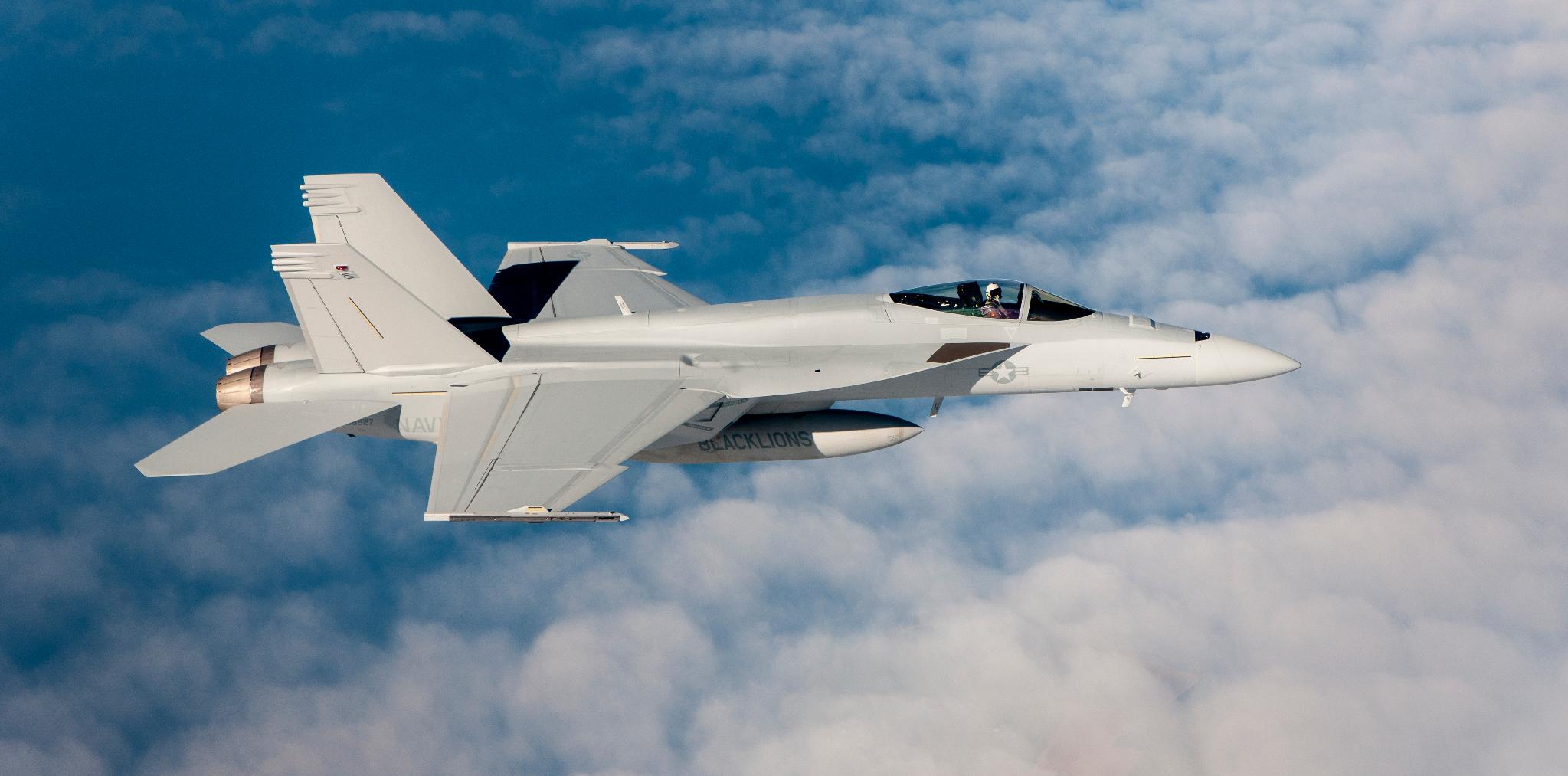
The shortfall in the US Navy can be linked to their announcement last year that it would stop buying F/A-18E/F Super Hornets starting in FY22.
The Drive reported that an aide to the committee specifically raised points about this amid the US Navy’s shift towards the NGAD, as well as continued purchases of F-35C Joint Strike Fighters.
Earlier this month, Rear Admiral Andrew Loiselle, director of the Air Warfare Division, informed members of the Subcommittee on Tactical Air and Land Forces of plans to reduce the F-35C squadron from two to a single squadron per air wing with 14 tails, along with acquiring F-16s from the Air Force and “returning 28 Super Hornets back into the fleet” to cover the shortfall by 2025, as reported by USNI News.
The apprehensions over the scarcity of fighter jets in the US Air Force stem from the controversies surrounding the F-35 fleet. In addition to affordability issues, reports suggest that several planes remain grounded due to engine shortage and technical glitches.
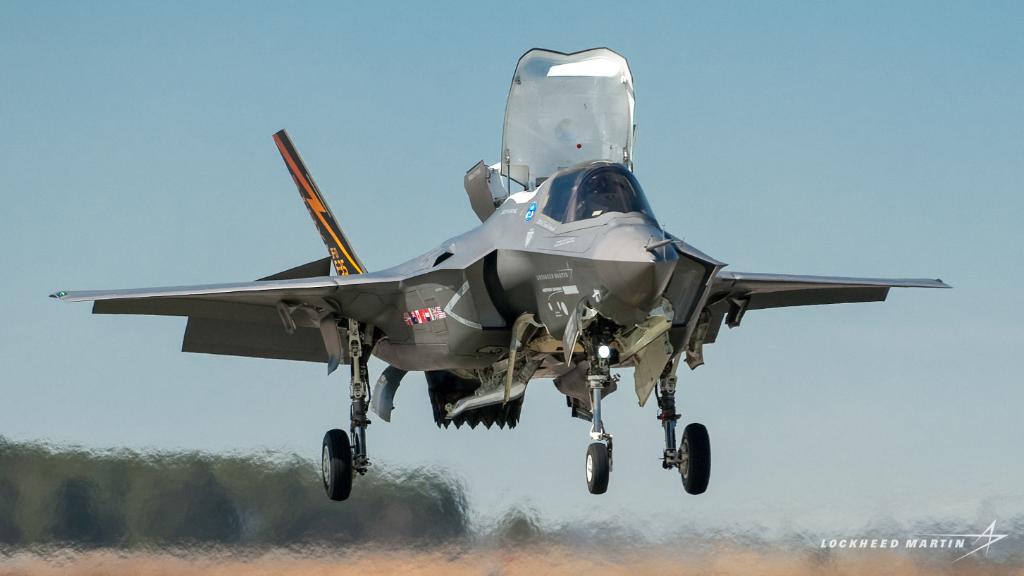
The other concern raised by the members is the transition from existing aircraft technologies to the sixth-generation NGAD program along with budgetary issues.
For instance, the panel chairman Rep. Donald Norcross, (D-N.J.) said he found it “unacceptable” that the Navy and Air Force were divesting current aircraft like the A-10 and F/A-18E/F that are still valuable for service to invest in next-generation aircraft when F-35 costs weren’t under control.
In the proposed budget for FY20, the Navy had asked for around $20.7 million in funding and expected to seek approximately $50.5 million, $111.26 million, $255.59 million, and $371.9 million for the program in the next four fiscal cycles, respectively.
The U.S. Air Force aims to pare its fighter fleet to just four types — and the F-22 Raptor won’t be among them.
Those four will be the F-35, F-15EX, F-16, and the Next Generation Air Dominance, or NGAD, fighter. https://t.co/rCDKfeUJ8c pic.twitter.com/qFrTRVEx9o— Karsten Marrup (@KarstenMarrup) May 14, 2021
In the case of the Air Force, the NGAD is budgeted at $9 billion from 2019 to 2025. The FY2021 budget was $900 million, the US lawmakers cut $140 million from the program’s fiscal year 2021 budget request of $1.04 billion. The NGAD budget request for FY2022 is $1.5 billion.
US Air Force chief, Gen. Charles Q. Brown Jr. had earlier said that the future fighter fleet will follow “four plus one” system which includes four jets – the F-35, F-15EX, late-model F-16s, and the NGAD fighter or family of systems – along with the ground-attack fighter A-10, indicating how the service plans to address the shortfall problem.
The committee’s report recommended that the US Comptroller General, who is head of the GAO, will be responsible for getting the final version of this report together no later than April 1, 2022.
“In addition, the report should assess the extent to which the services’ tactical aircraft acquisition and modernization investment plans, including NGAD efforts, are likely to meet those requirements and address the shortfalls”, the report added.
QUAD or Reverse String Of Pearls: How Is India Countering China In The Indian Ocean Region?
The NGAD Program
US Air Force (USAF) is developing a “family of systems” to attain air superiority by the 2030s and evolve the propulsion, stealth, and advanced weapon technology.
After the first full-scale fighter demonstrator in September 2020, Lt. Gen. Clinton Hinote, Air Force Deputy Chief of Staff for Strategy, Integration, and Requirements, stated that a second demonstrator might be in some stage of production now.
With projected spending of approximately $7.4 billion across the future years, US military experts predict the NGAD to be a research effort for the next few years, with no current plans to acquire production aircraft or other systems.
The US Navy, on the other hand, is working on a parallel NGAD program, looking to replace early model F/A-18E/F Super Hornet strike fighters in the 2030s.
Earlier in June, the Acting Secretary of the Navy told the service that it could only fund one of three next-gen weapons programs in 2023 — a new fighter, destroyer, or submarine.
Other Competitors
Apart from the US, European countries are working on two separate programs to develop a next-generation fighter jet.
France, Germany, and Spain in a joint program are developing Europe’s homegrown next-generation fighter jet under the Future Combat Air System (FCAS).
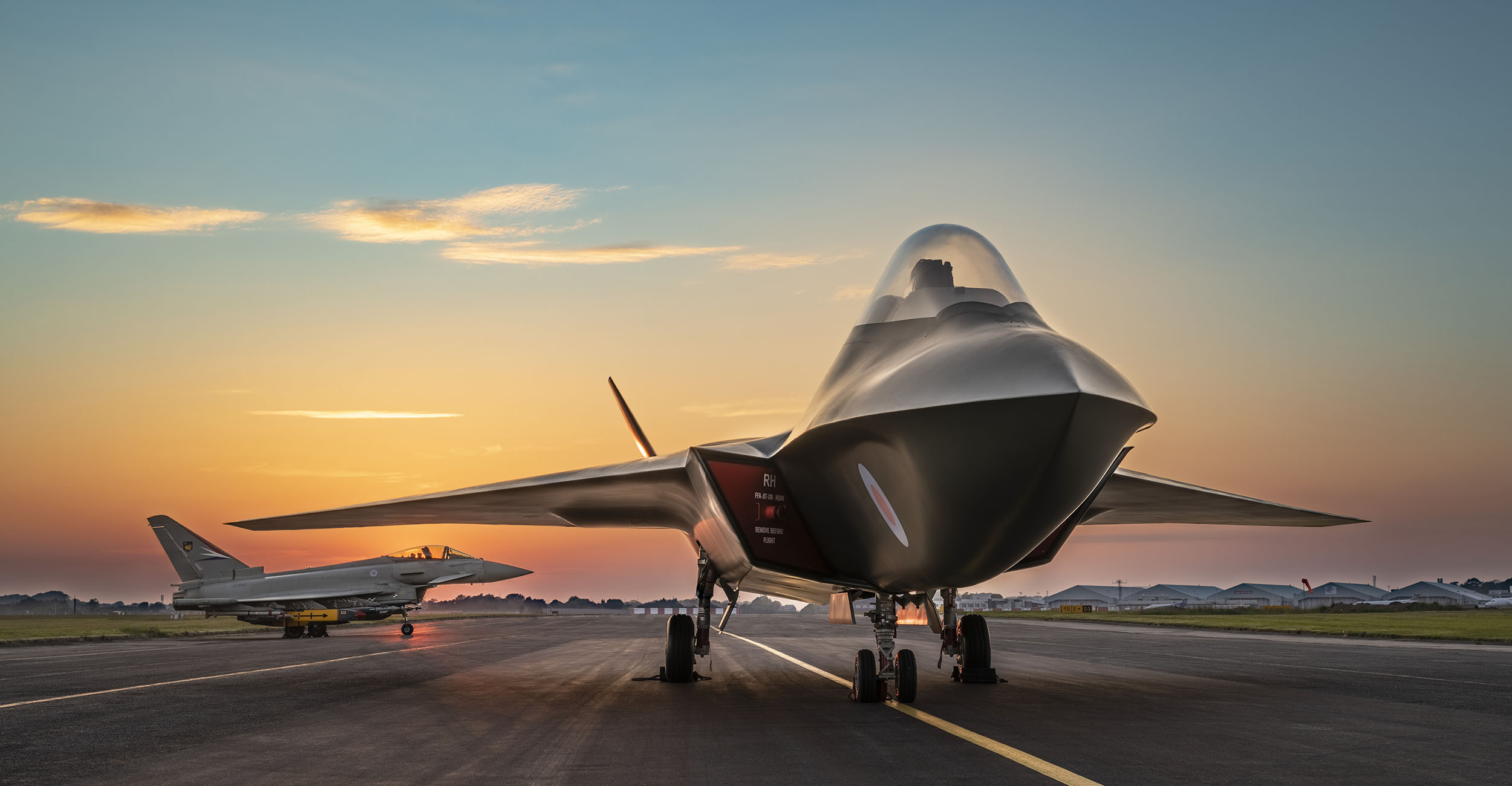
France-based Dassault Aviation is leading the development of the New Generation Fighter (NGF) along with Airbus and Indra leading Germany and Spain’s participation respectively, to replace the fleet of Eurofighter Typhoons, French-built Rafales, and Spanish EF-18 Hornets by 2040.
The UK is also leading its next-generation Tempest program in collaboration with Italy and Sweden. The UK’s Ministry of Defence has just signed a £250 million contract with the ‘Team Tempest’ to drive forward the development of the next-generation combat air system.
Speaking on today's news, UK Director Future Combat Air Richard Berthon says that "developing the system allows us to drive a revolution in digital development and harness the power of open systems architecture." Read more here ?https://t.co/pIE7iSfqpv
— Team Tempest (@TeamTempestUK) July 29, 2021
In addition to Western countries, China is reportedly looking to develop its own next-generation fighter aircraft. Chinese state-run Global Times reported the country’s People’s Liberation Army-Air Force (PLAAF) eyeing to build its own next-generation fighter jets by 2035.
The new features include the ability to command drones, artificial intelligence, and even higher stealth capability through aerodynamic design, laser, adaptive engines, hypersonic weapons, and swarm warfare, the report noted.

